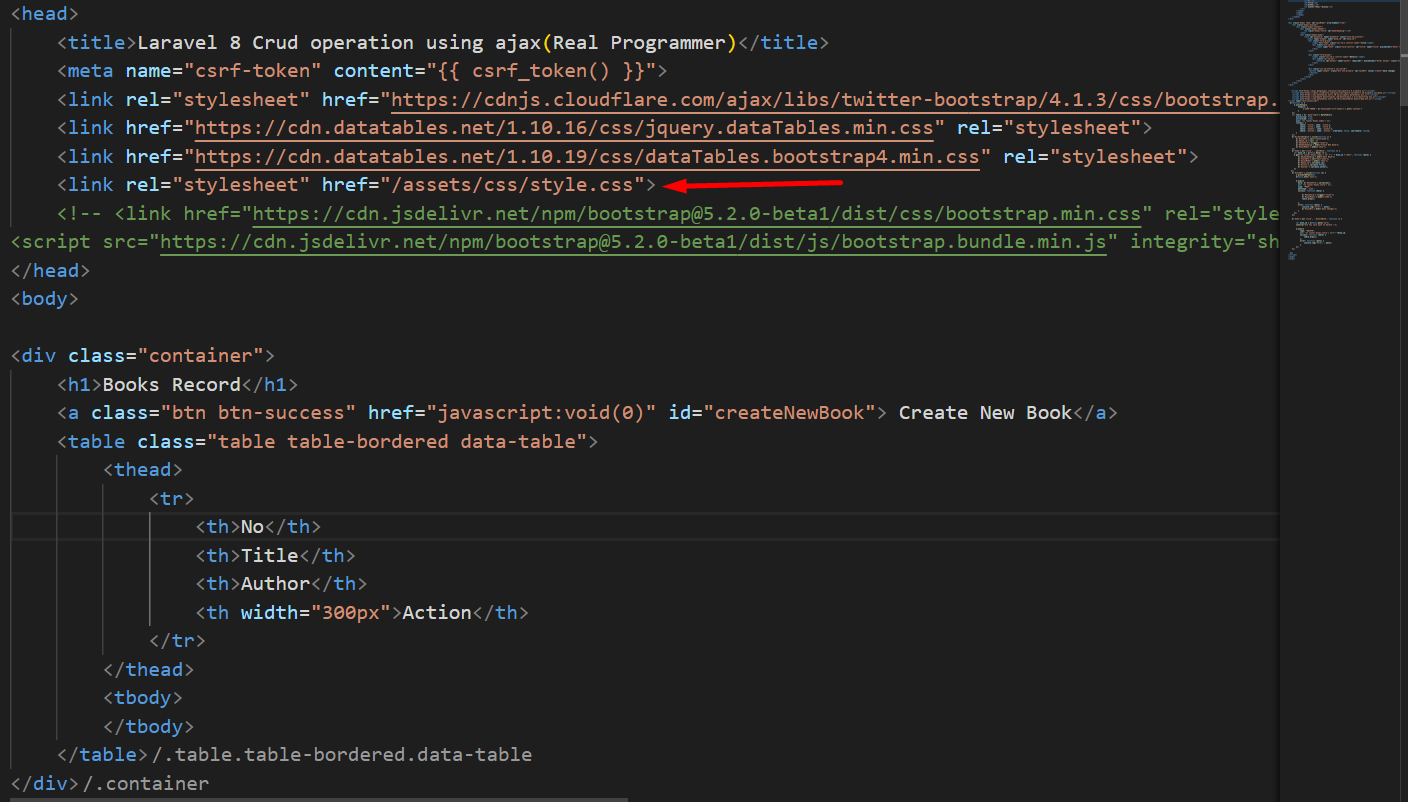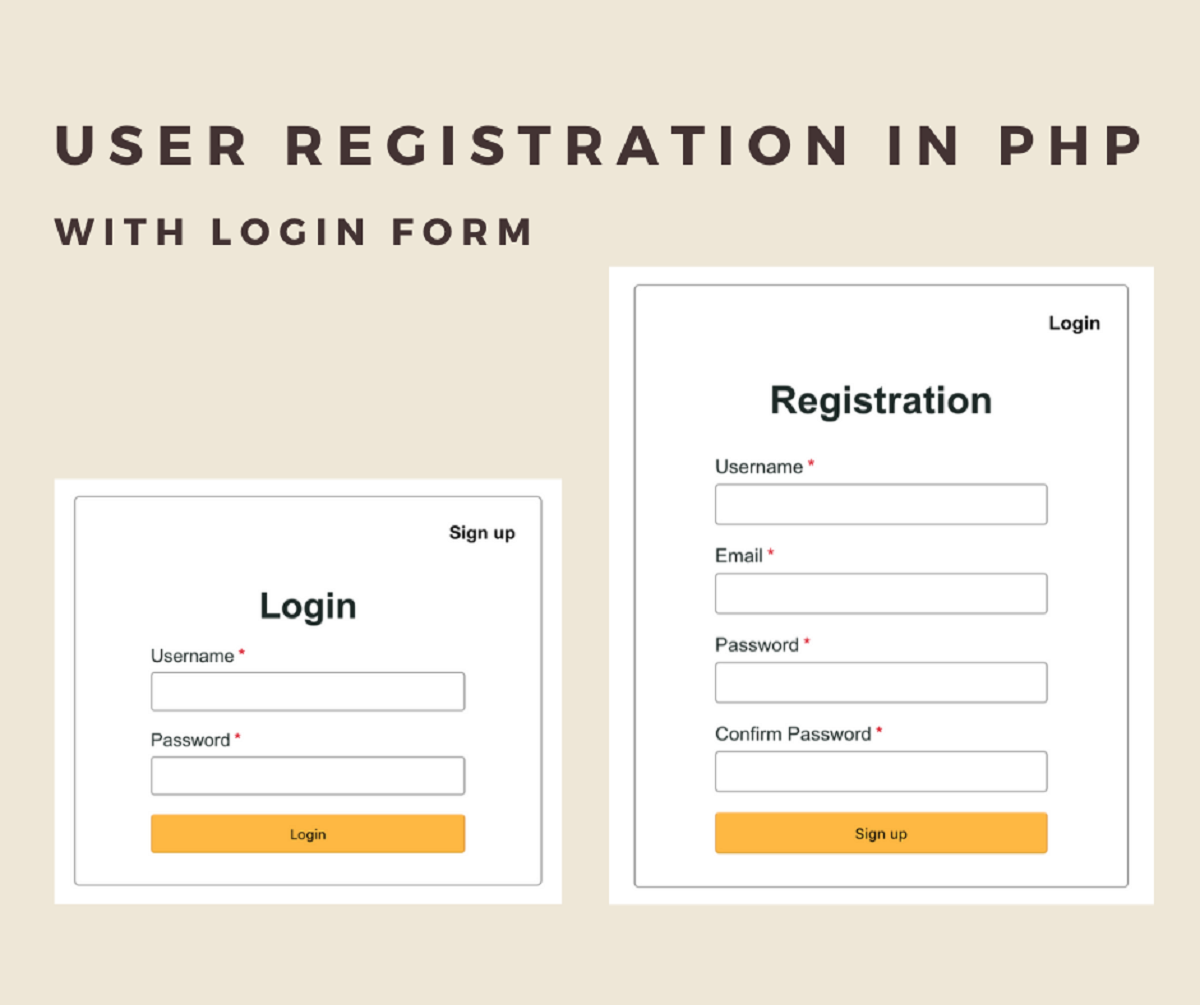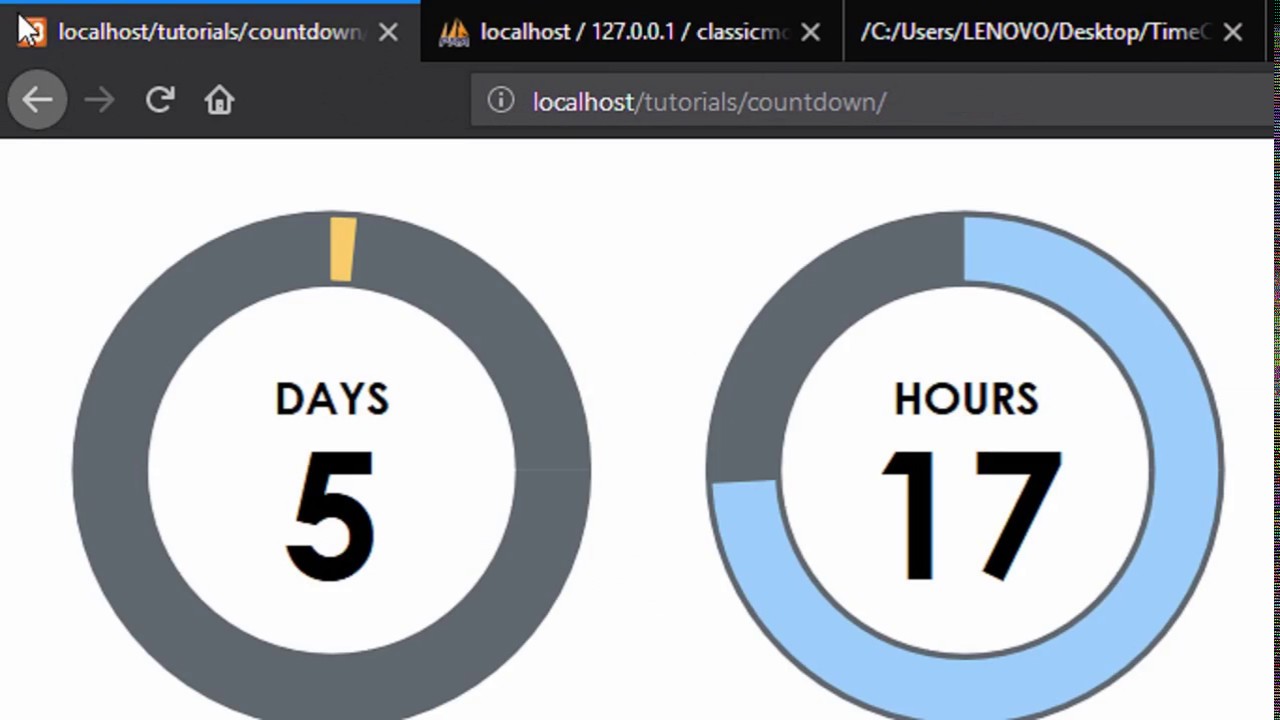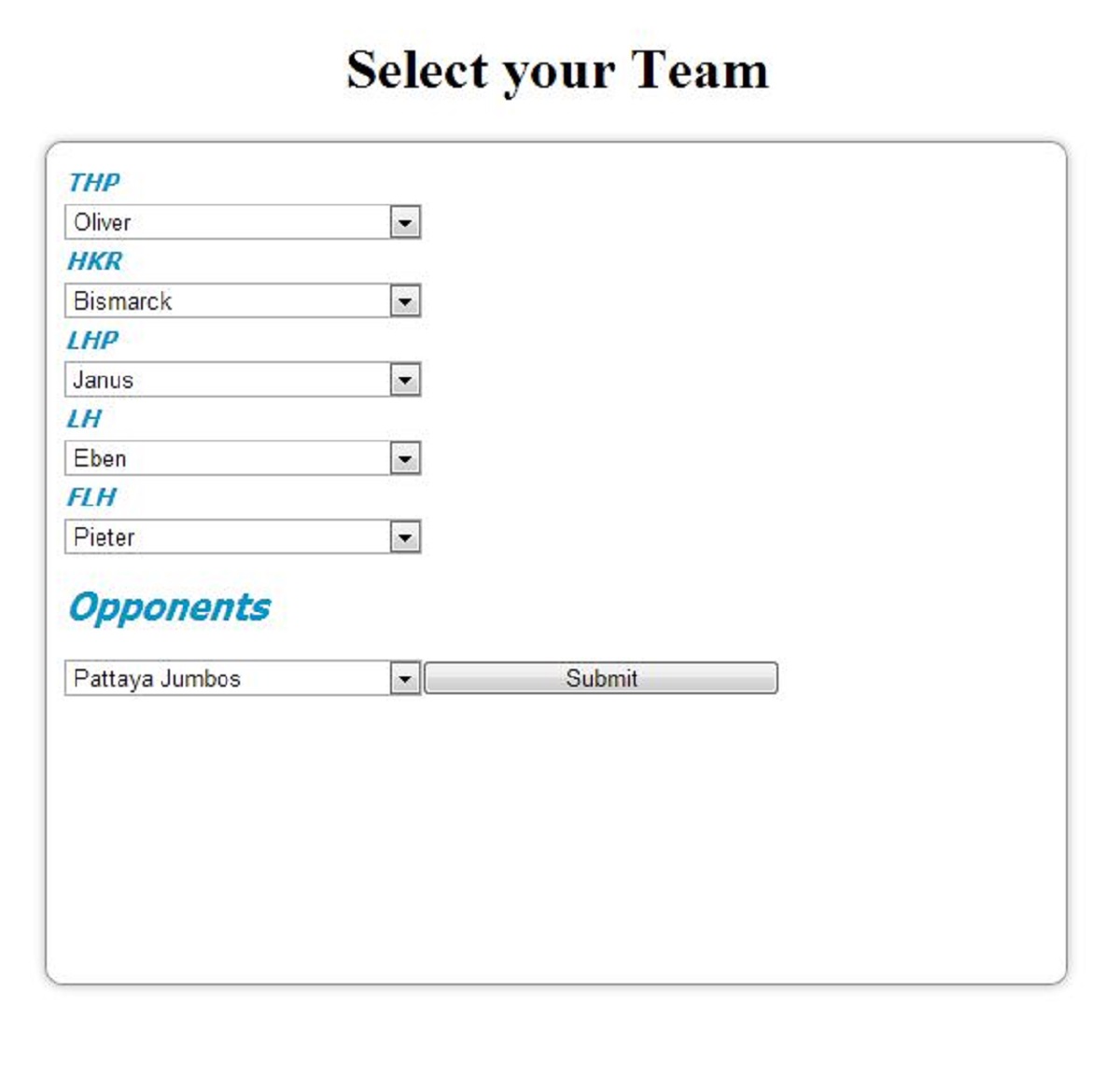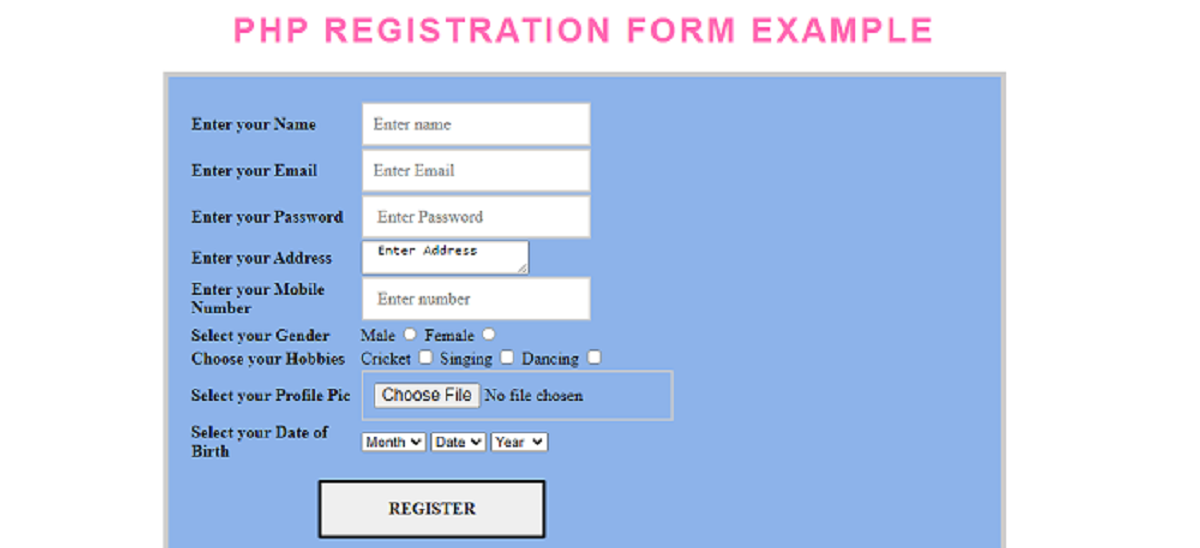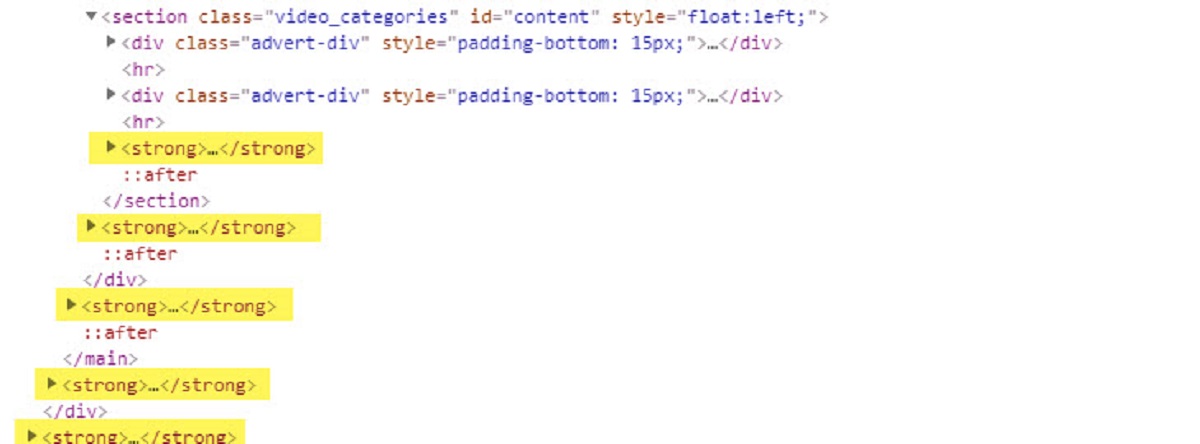Introduction
Adding CSS (Cascading Style Sheets) to a PHP file allows you to enhance the design and layout of your web pages. By separating the CSS code from the PHP code, you can keep your styling and presentation elements separate from the logical and dynamic components of your application. This makes it easier to maintain, update, and customize your website’s appearance.
In this article, I will guide you through the process of adding CSS to a PHP file. We will cover how to create a CSS file, link it to your PHP file, and apply CSS styles to HTML elements. Additionally, we will explore how to modify CSS dynamically using PHP.
Before we begin, it is important to have a basic understanding of HTML, CSS, and PHP. You should also have a local development environment set up with a server-side scripting language, such as PHP, installed.
By the end of this tutorial, you will have the knowledge and skills necessary to add CSS to your PHP files, giving your web pages a polished and professional look.
Prerequisites
Before you can add CSS to your PHP file, there are a few prerequisites you need to have in place. Here’s what you’ll need:
1. Server-side environment: Make sure you have a local development environment set up with a server-side scripting language like PHP. This will allow you to run PHP code and serve your web pages.
2. HTML knowledge: Having a basic understanding of HTML is crucial. CSS is used to style HTML elements, so understanding the structure and syntax of HTML is essential to effectively apply CSS styles.
3. CSS knowledge: Familiarize yourself with the basics of CSS. Understand selectors, properties, and values used to style HTML elements. This will enable you to write CSS code and modify styles according to your requirements.
4. Text editor: You’ll need a text editor to write your PHP and CSS code. Popular options include Visual Studio Code, Sublime Text, and Atom. Choose the one that best suits your preferences and needs.
5. Web browser: You’ll need a web browser to view and test your PHP files. Make sure you have a modern browser like Google Chrome, Mozilla Firefox, or Safari installed on your computer.
Having these prerequisites in place will ensure a smooth and efficient process of adding CSS to your PHP files. Once you have everything set up, you can move on to the next steps and begin styling your web pages.
Step 1: Create CSS File
To add CSS styling to your PHP file, the first step is to create a separate CSS file. This file will contain all the CSS code that defines the styles and layout of your web pages. Here’s how you can create a CSS file:
- Open your preferred text editor and create a new file.
-
Save the file with a .css extension, for example,
styles.css.
Once you have created the CSS file, you are ready to start writing your CSS code to define the styles for your PHP file.
It is good practice to keep your CSS code separate from your HTML and PHP code. Placing the CSS in a separate file allows for better organization, reusability, and easier maintenance. Additionally, it makes it easier to apply the same styles across multiple PHP files within your project.
In the next step, we will link the CSS file to your PHP file, enabling the styles defined in the CSS file to be applied to your web page.
Step 2: Link CSS File to PHP File
After creating your CSS file, the next step is to link it to your PHP file. This allows the styles defined in the CSS file to be applied to the HTML elements in your PHP file. To link the CSS file, follow these steps:
- Open your PHP file in a text editor.
-
Locate the
<head>section of your PHP file. This is where you will insert the link to your CSS file. -
Inside the
<head>section, add the following code:
<link rel="stylesheet" type="text/css" href="styles.css">
In this example, styles.css represents the name of the CSS file you created in the previous step. Make sure to provide the correct file name and path if it is located in a different directory.
Once you have added this code, the PHP file will link to the CSS file, and the styles defined in the CSS file will be applied to the HTML elements in your PHP file. You can now move on to the next step and start adding CSS classes to your HTML elements.
Step 3: Add CSS Classes to HTML Elements
To apply CSS styles to specific HTML elements in your PHP file, you need to add CSS classes to those elements. Adding CSS classes allows you to selectively style elements based on their class names. Here’s how to add CSS classes to HTML elements in your PHP file:
-
Identify the HTML elements that you want to style. These could be
<div>tags,<p>tags,<h1>tags, or any other element. - Assign a class attribute to the HTML element and provide a unique name for the class. For example:
<div class="my-class">This is a styled div element</div>
In this example, my-class is the name of the CSS class assigned to the <div> element. You can choose any name you prefer for your class, but it is recommended to use descriptive and meaningful names that reflect the purpose of the styling.
After assigning the CSS class, you can now define the styles for that class in your CSS file. For example:
.my-class {
color: red;
font-weight: bold;
}
In this CSS code snippet, the .my-class selector selects all HTML elements with the class “my-class” and applies the specified styles to them. Here, the text color will be red, and the font weight will be bold.
Repeat this process for other HTML elements that you want to style and assign CSS classes to them accordingly. This allows you to have granular control over the styling of different elements in your PHP file.
By adding CSS classes to HTML elements, you can now apply custom styles to your PHP file and give it a visually appealing look. In the next step, we will explore how to dynamically modify CSS using PHP.
Step 4: Modify CSS Using PHP
PHP allows you to dynamically modify CSS styles based on certain conditions or user interactions. This can be useful when you want to change the appearance of your PHP file based on specific events or data. Here’s how you can modify CSS using PHP:
- Identify the CSS styles that you want to modify dynamically. For example, you may want to change the background color or font size based on a certain condition.
- In your PHP file, use PHP tags to embed PHP code within the HTML tags that contain the CSS styles you want to modify. For example:
<div style="background-color: <?php echo $background_color; ?>">
This is a div with dynamically modified background color
</div>
In this example, the background color of the <div> tag is set based on the value of the $background_color variable. You can modify this variable in your PHP code based on specific conditions or data.
You can also modify CSS classes using PHP by dynamically assigning different class names to HTML elements. For example:
<p class="<?php echo $class_name; ?>">
This paragraph has a dynamically assigned CSS class
</p>
In this case, the value of the $class_name variable determines the CSS class to be applied to the <p> tag. You can assign different class names based on specific conditions or data in your PHP code.
By dynamically modifying CSS styles using PHP, you can create more interactive and personalized web pages. This allows you to adapt the styling of your PHP file based on various factors, providing a more dynamic user experience.
Congratulations! You have successfully learned how to add CSS to your PHP file, link CSS files, add CSS classes to HTML elements, and modify CSS using PHP. Implementing these techniques will greatly enhance the visual appeal and flexibility of your PHP-driven web pages.
Conclusion
In this article, we have explored the process of adding CSS to PHP files to enhance the design and layout of your web pages. By following the step-by-step guide outlined here, you can easily style your PHP files and create visually appealing websites.
We began by emphasizing the importance of understanding HTML, CSS, and having a server-side environment set up with PHP. With these prerequisites checked off, we learned how to create a separate CSS file and link it to our PHP file using the <link> tag.
Next, we discussed the significance of adding CSS classes to HTML elements to selectively apply styles. By assigning class names, we are able to target specific elements and modify their appearance using CSS rules defined in our CSS file.
Finally, we explored how to dynamically modify CSS using PHP. By embedding PHP code within HTML tags, we can make changes to CSS styles based on conditions or user interactions, allowing for a more interactive and personalized web experience.
By following these steps, you now have the knowledge and skills necessary to add CSS to your PHP files and create stunning web pages. Remember to keep your code organized, reusable, and easy to maintain by separating your CSS from your PHP and HTML code.
With practice and experimentation, you can expand your CSS and PHP skills to create more customized and dynamic designs. So go ahead, unleash your creativity, and start bringing your PHP-powered websites to life with beautiful CSS styling!







